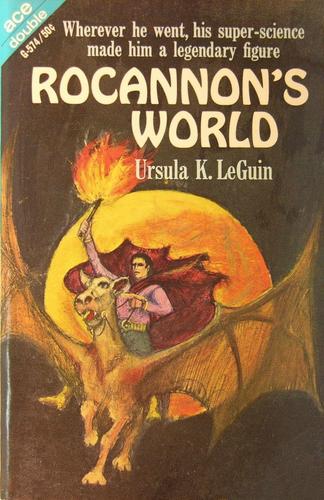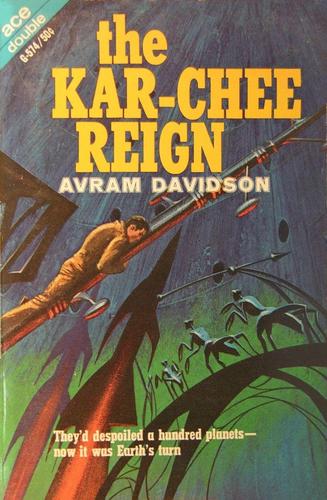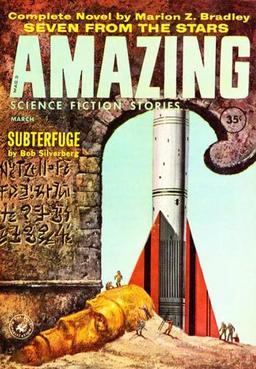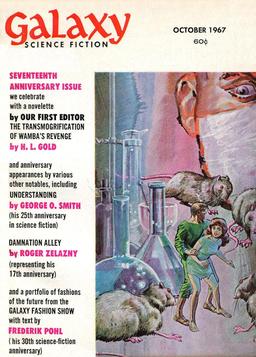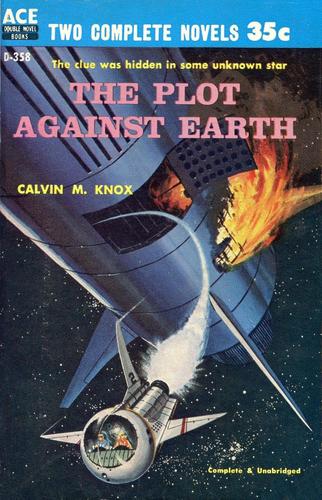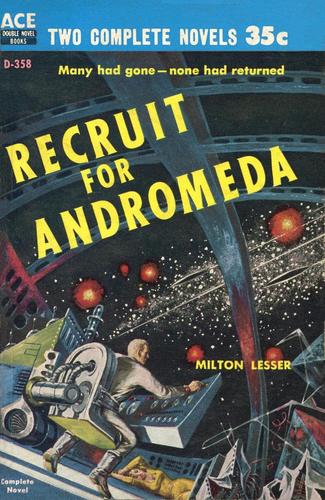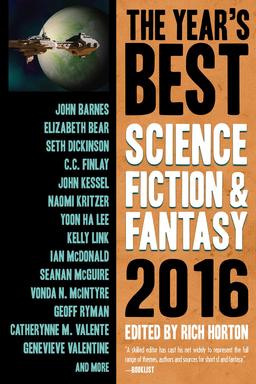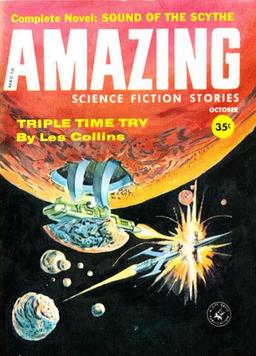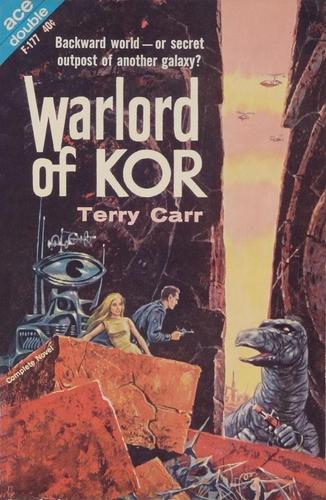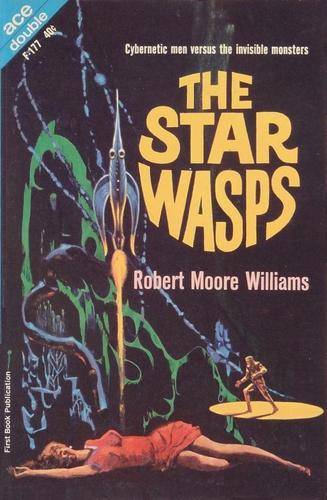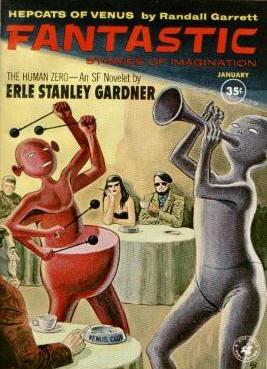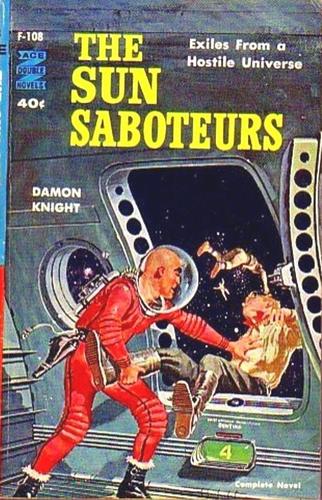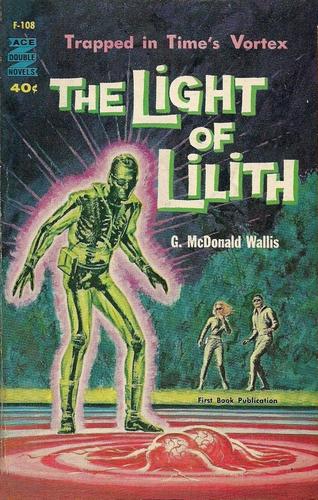Gypsies, Paupers, Demons and Swans: Rich Horton’s Hugo Recs
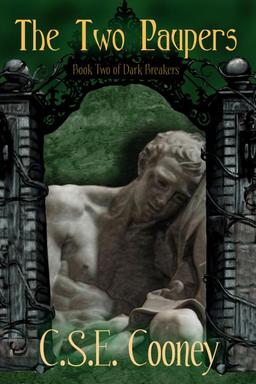 I cover a lot of short fiction magazines and novels, but I never feel adequately prepared for the Hugo ballot. But that’s okay, because I know people who read every single short story published in English, and can point me in the right direction.
I cover a lot of short fiction magazines and novels, but I never feel adequately prepared for the Hugo ballot. But that’s okay, because I know people who read every single short story published in English, and can point me in the right direction.
Well, one person. Rich Horton. Seriously, he reads them all. No, really. All of them. When he modestly claims he doesn’t, he’s lying. He’s read some of ’em twice.
And he has great taste, too. So when he compiles lists of the best fiction published last year, we lesser mortals should pay attention. For example, here’s his rundown on the best novellas published in 2015:
The Two Paupers, by C. S. E. Cooney (Fairchild Press)
“Gypsy,” by Carter Scholz (Gypsy plus …, F&SF)
“The Four Thousand, the Eight Hundred,” by Greg Egan (Asimov’s SF, December 2015)
“The Bone Swans of Amandale,” by C. S. E. Cooney (Bone Swans)
“The Boatman’s Cure,” by Sonya Taaffe (Ghost Signs)
Wylding Hall, by Elizabeth Hand (Open Road/PS Publishing)
Penric’s Demon, by Lois McMaster Bujold (Penric’s Demon)
Teaching the Dog to Read, by Jonathan Carroll (Subterranean)
Sunset Mantle, by Alter S. Reiss (Tor)
Congratulations to Black Gate website editor emeritus C.S.E. Cooney for placing two novellas in Rich’s list!
